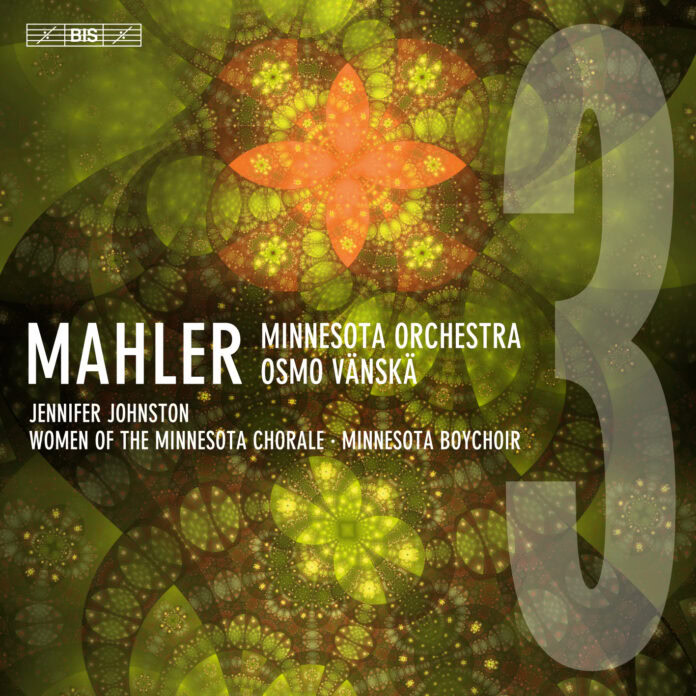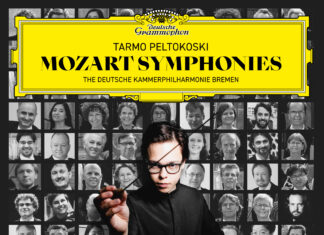Music Review: Mahler Symphony 3 / Minnesota Orchestra / Minnesota Boychoir / Jennifer Johnston (mezzo-soprano) / Osmo Vänskä (conductor) / BIS
Vänskä’s interpretation of Mahler’s 3rd Symphony may be the most disappointing installment in this cycle (I have very favorably reviewed his 2nd here and his 9th here). While some might argue that this is Mahler’s greatest symphony—though consensus might lean towards the 9th—it demands a unique emotional depth. To perform this symphony without sufficient emotion is to miss its essence, and that seems to be the case here. The first two movements are competent, yet they lack vitality. This is particularly evident in the final five minutes of the first movement, where Bernstein, Abbado, and Gielen inject palpable tension and ruggedness. In contrast, Vänskä’s approach is not only lethargic but also too polished. And while the clarity of each instrument is commendable, this is Mahler filtered through the lens of the Viennese salons rather than the raw, rustic spirit of the Viennese countryside.
The Comodo third movement, one of Mahler’s most atmospheric creations, fares better. The stillness is perfectly realized, and the climax at 17:46—when the curtain is metaphorically torn apart to reveal the human soul—is rendered with admirable clarity, particularly in the harps, which are often muddled in other recordings. The conclusion is well-executed, though it lacks the wildness that one might hope for.
Jennifer Johnston’s voice in Nietzsche’s setting for the 4th movement is commendable, and the orchestral textures reveal much, though I personally would prefer a greater sense of darkness and melancholy (Jessye Norman’s rendition with Abbado remains unparalleled in this regard). Following a commendable “Bing-Bang,” we arrive at the grand finale.
Is this Mahler’s greatest Adagio? It certainly could be, alongside that of the 9th. Yet, this finale is where the performance falters most. The string playing is superb, and the brass is powerful, but the flow and urgency that propel the music from one thematic idea to the next are noticeably absent. There are moments of brilliance, such as the tension Vänskä builds around 12:16, but by 13:26, the string dialogue that follows right after, at 13:55, is perhaps the fastest I’ve encountered, but it ultimately misses the interpretive mark. Despite the expert recording and attention to detail, this final movement feels more like a series of static tableaus than the continuous, passionate love stream it can be in the hands of Abbado, Tennstedt, or the utterly majestic Chailly (who, in this last movement, really is at the height of his powers). The issue I often have with Vänskä is that the instruments sound too sterilized, perfectly separated from each other, rather than blending together more uniformly. This approach worked well in his Sibelius cycle, particularly the first one with the Lahti Orchestra, but it doesn’t suit a movement like Mahler’s What Love Tells Me, where a more seamless textural interplay typically yields better results.
In sum, this is a meticulous performance, yet Mahler’s 3rd is one of his most emotionally charged symphonies, and I feel that the excellent but somewhat detached execution here fails to fully capture its profound essence.
Rating: ★★☆☆☆






